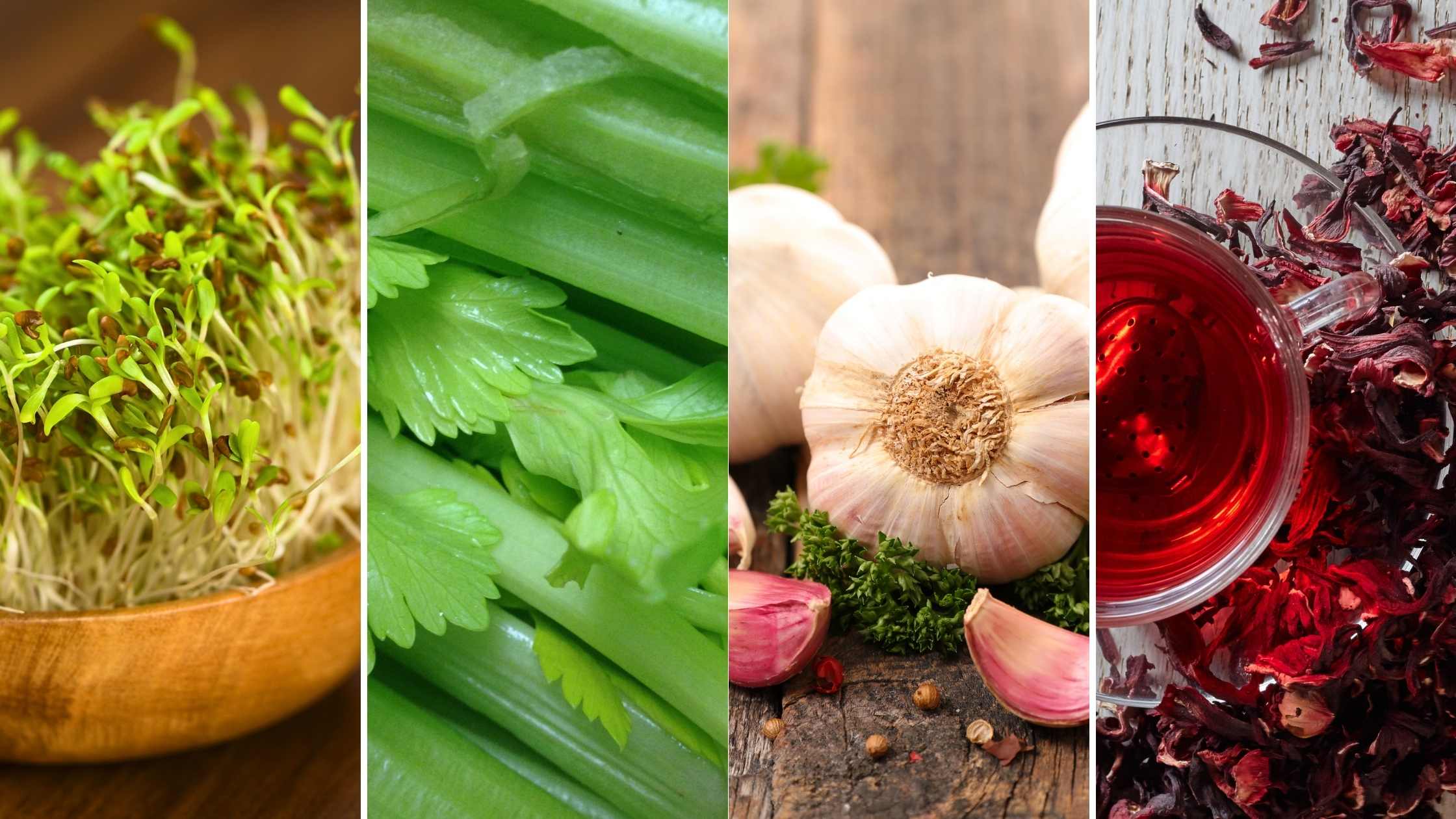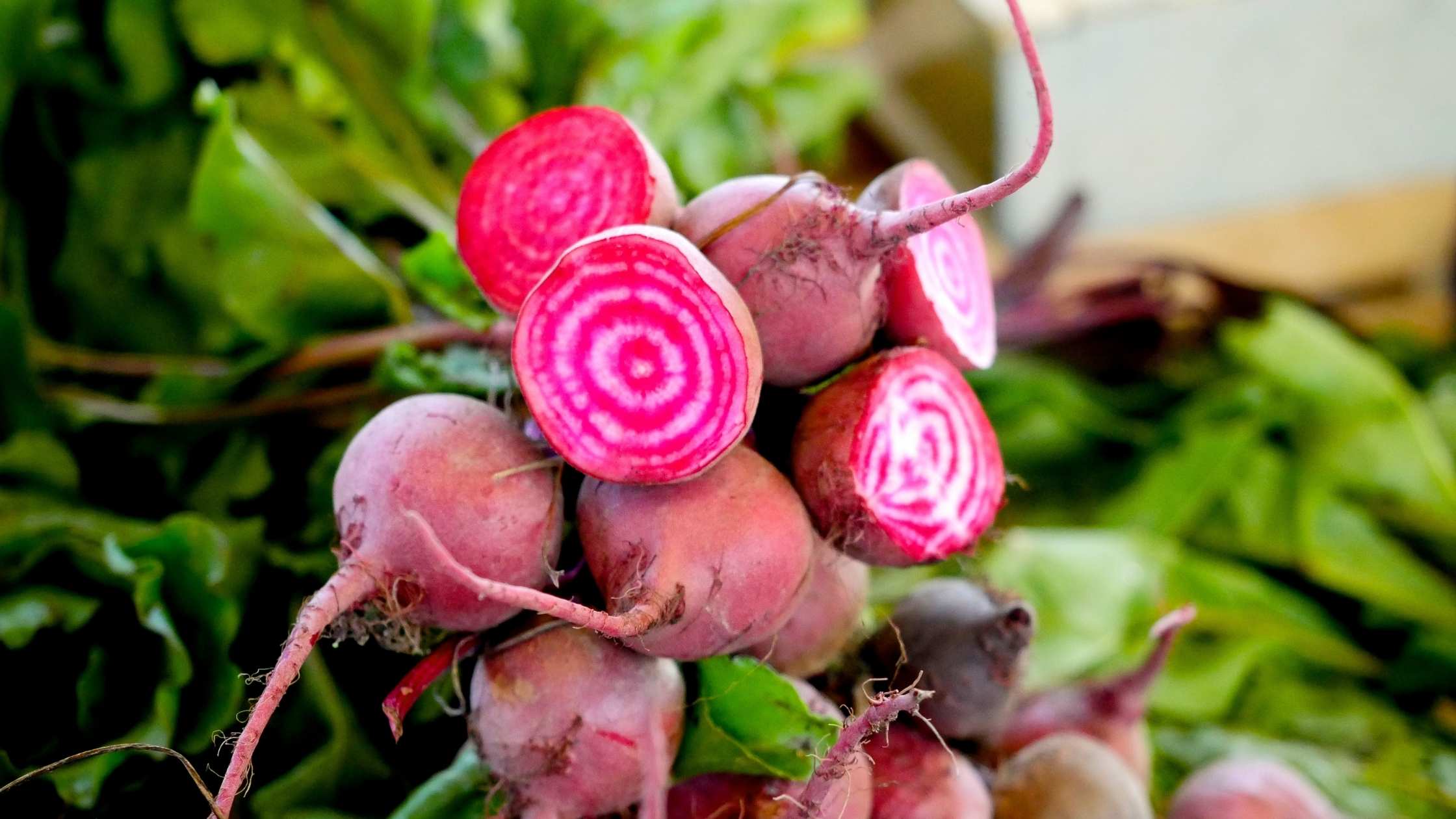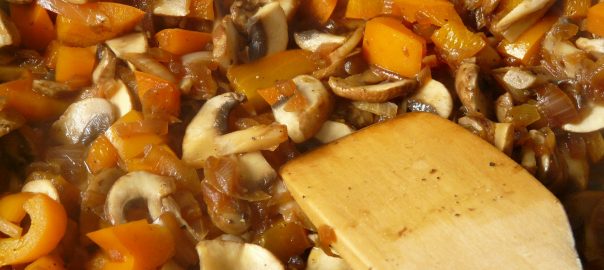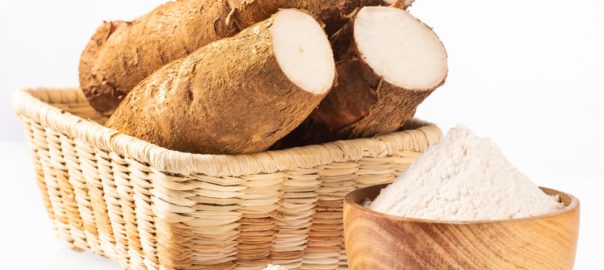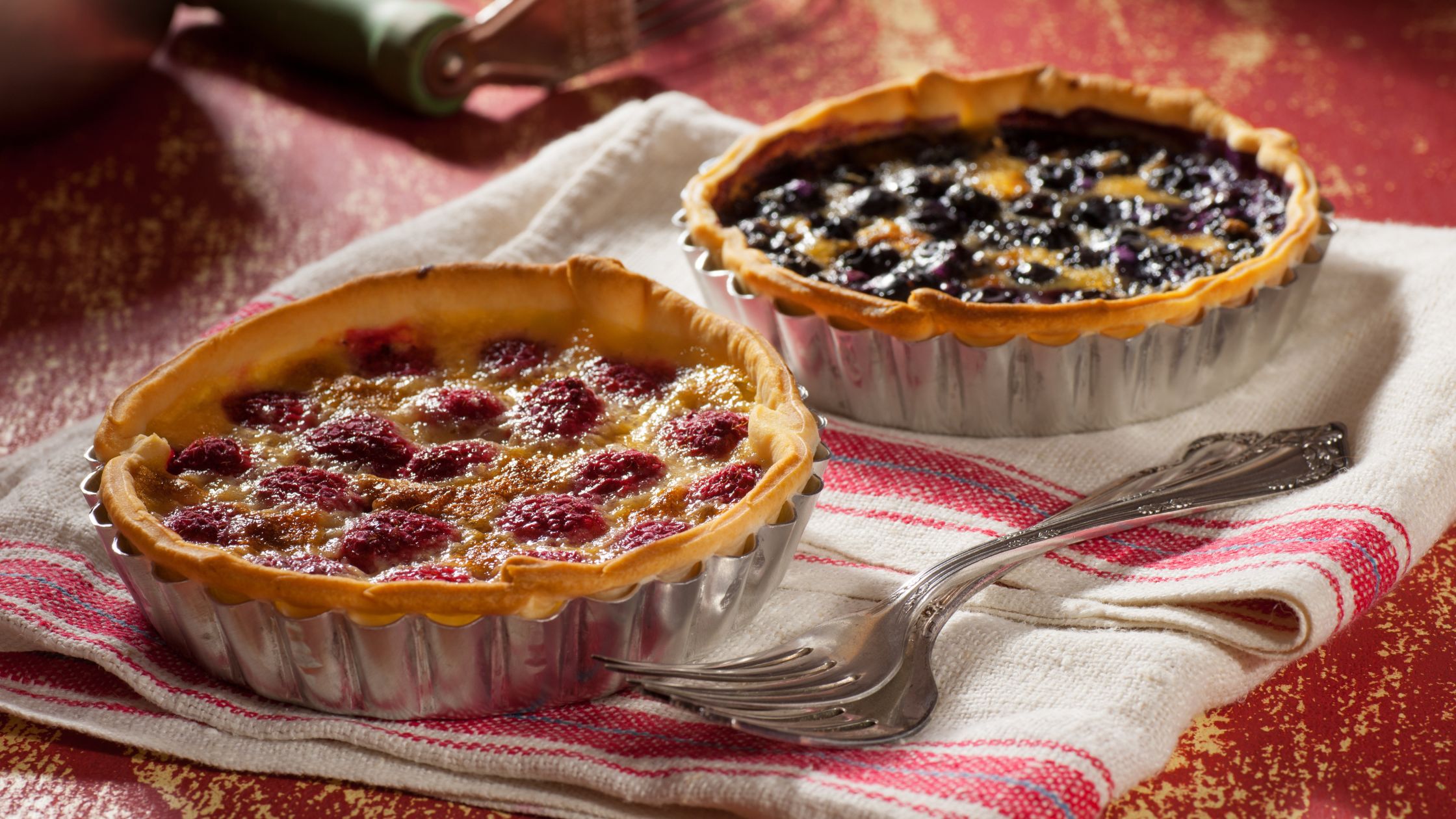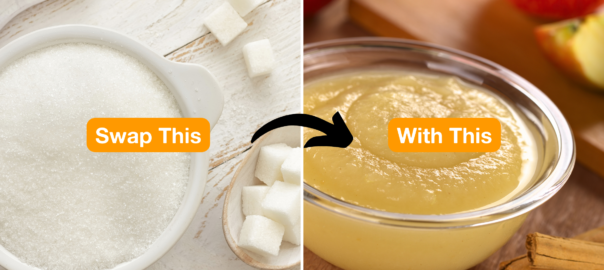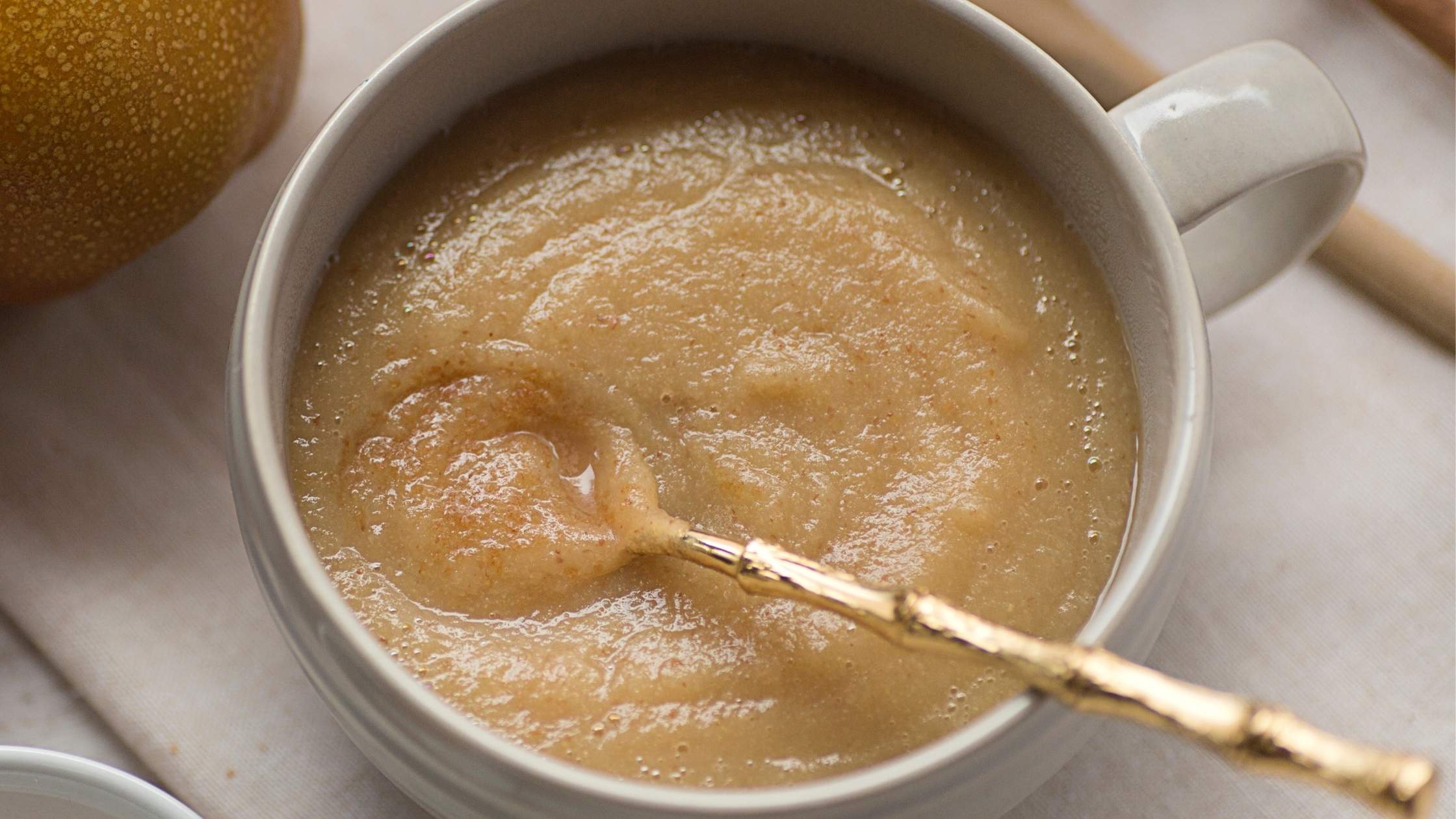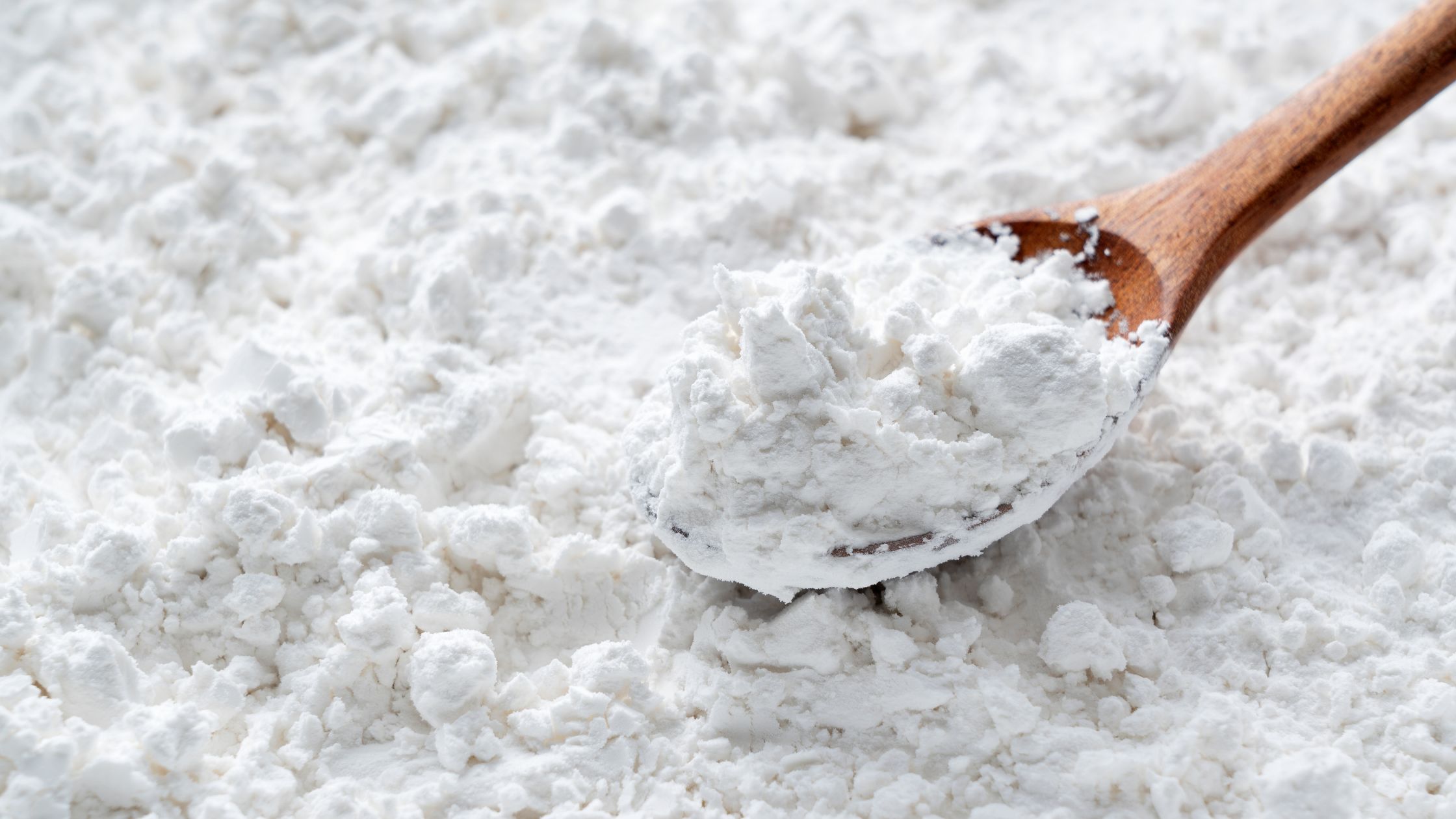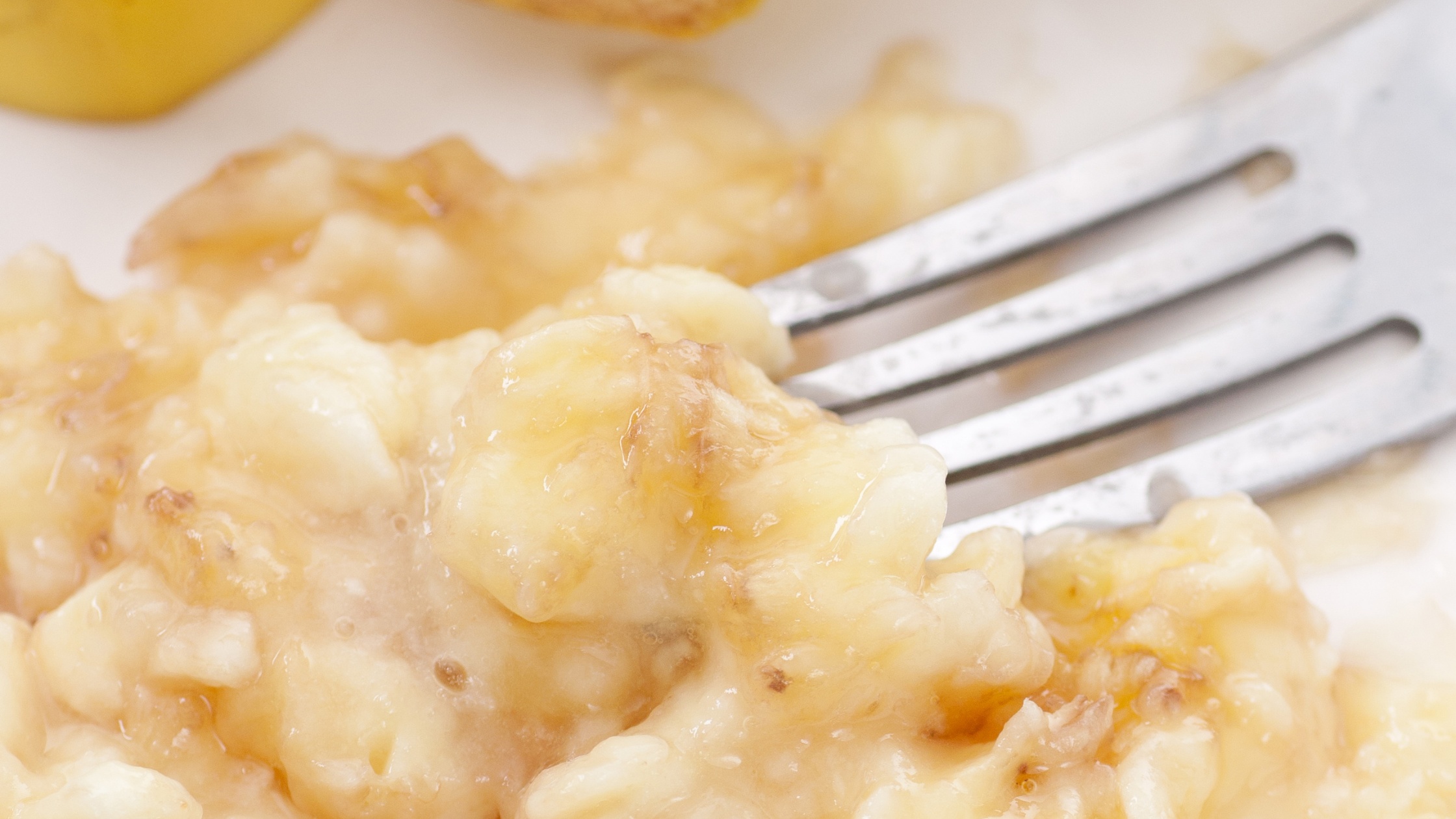It was another great, fun-filled twitter party over at the Holistic Moms Network where it happens to be Holistic Living Month. The theme of the evening was the upcoming Halloween festivities; the tweets and links were flying fast and furious.
Here's the roundup:
Candy info
For those who are looking for alternative Halloween candy choices that are not loaded with artificial colors, HFCS, or other nasty ingredients
- Consider getting supplies from the Natural Candy Store, as they put it, “all of the fun, without any of the funny stuff”
- Another company, Yummy Earth, also sells organic candy
- Here's an article I wrote about healthier choices for Halloween
- It turns out some families don't give candy but give gifts instead such as Smencils, healthy juice boxes, or stickers
Candy switches
For those who are more interested in the fun of dressing up and socializing but don't want their children to eat the candy they receive there were a lot of suggestions about what to do with all of it:
- The Switch Witch book seemed to be a popular suggestion
- Reverse Trick-or-Treating was another popular idea and one that I wish I had known about when my kids were young
- The idea of Candy Experiments looked interesting although I'm sure a fair amount gets eaten on the way to the laboratory
- Donating the candy is one way to get it out of the house – many dentist's offices will buy back the candy at so much per pound
- Saving the candy and using it to decorate gingerbread houses for the winter holidays is another idea to use it up
Decorations
- Of course decorating with gourds, branches, and leaves is one idea but there were some other ideas mentioned that tied into this theme as well
- The use of eco felt is something that I had not been aware of, what a great product and one that can be used anytime, not just for Halloween
- One mom mentioned saving all the handouts and fliers from the beginning of the school year and using the backs to make shapes and decorations. I can see that this would be great for paper chains, paper lanterns, and other paper crafts
Costumes
- Thredup is a company that allows families to swap kids clothing and more.
- Thrift stores can be a great way to find neat clothing to use for costumes
- Ideas for homemade costumes
- A cute picture of a Fair Trade Banana costume
- Recycled costumes
- And let's not forget the makeup and more makeup
Fair Trade Month
- Your Guide to a Fair Trade Halloween
- A 1 minute video on Fair Trade
- Global Exchange‘s Local Action Guide
- A list of Fair Trade Products
- 10 Ways To Celebrate Fair Trade Month





